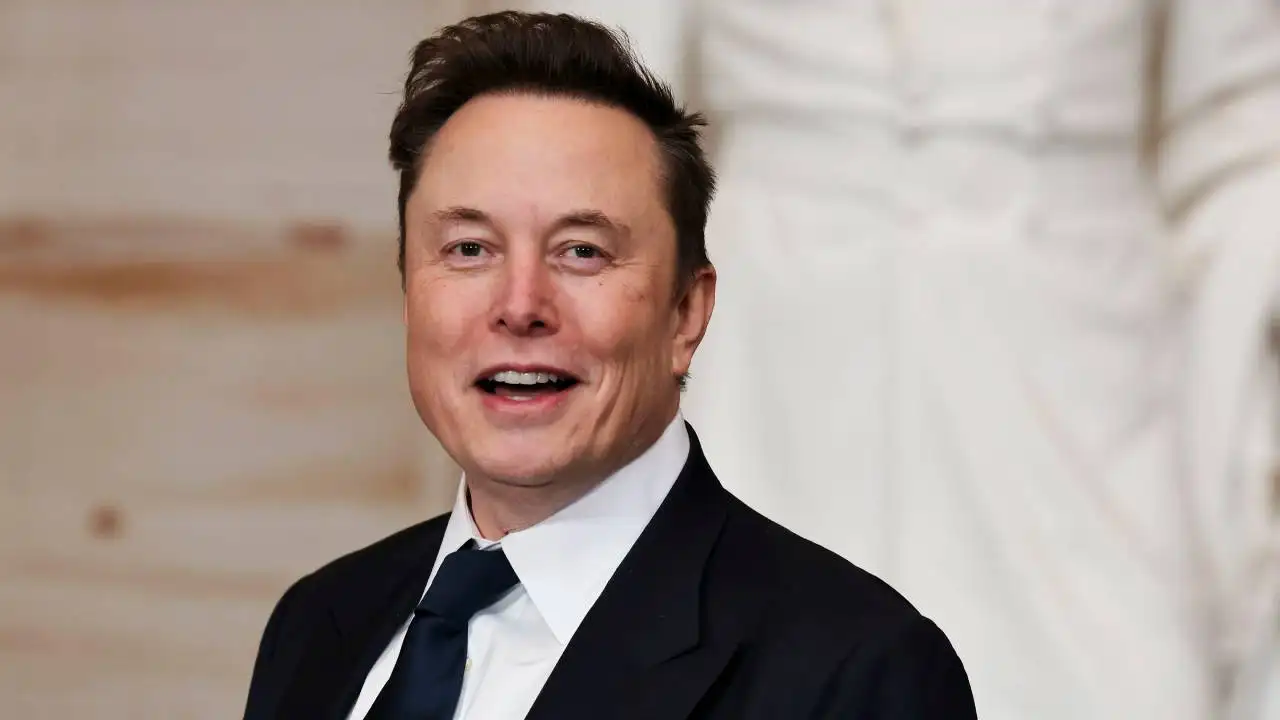President Donald Trump, with support from Elon Musk at the helm of the Department of Government Efficiency (DOGE), has initiated significant reductions in the federal workforce to streamline operations and cut government spending. This strategy involves offering buyouts, promoting voluntary departures, and carrying out layoffs. By mid-2025, over 200,000 federal employees accepted buyout offers, while more than 90,000 were laid off, marking a historic downsizing of the federal workforce.
While the intended goal is to create a more efficient government, the repercussions of these cuts have sparked significant debate. Critics assert that reducing the federal workforce risks increasing unemployment and degrading public services. The American Federation of Government Employees (AFGE) has voiced concerns that mass layoffs could create “chaos” for Americans reliant on federal services.
Economists warn that these layoffs may adversely affect the broader economy, particularly in regions reliant on federal employment. For instance, Washington, D.C., with its large concentration of federal workers, may face economic challenges due to decreased consumer spending from job losses. Additionally, the layoffs raise concerns about losing institutional knowledge and expertise within federal agencies, which may hinder efficiency in delivering essential public services, including healthcare and education.
Labor unions and advocacy groups are calling for a reassessment of the downsizing strategy, urging a balance between efficiency and the preservation of vital public services and federal employee welfare. The ongoing debate underscores the tension between the administration’s efficiency goals and the need for a stable labor market, illustrating the complexities of this significant governmental overhaul as it unfolds.












Leave a comment